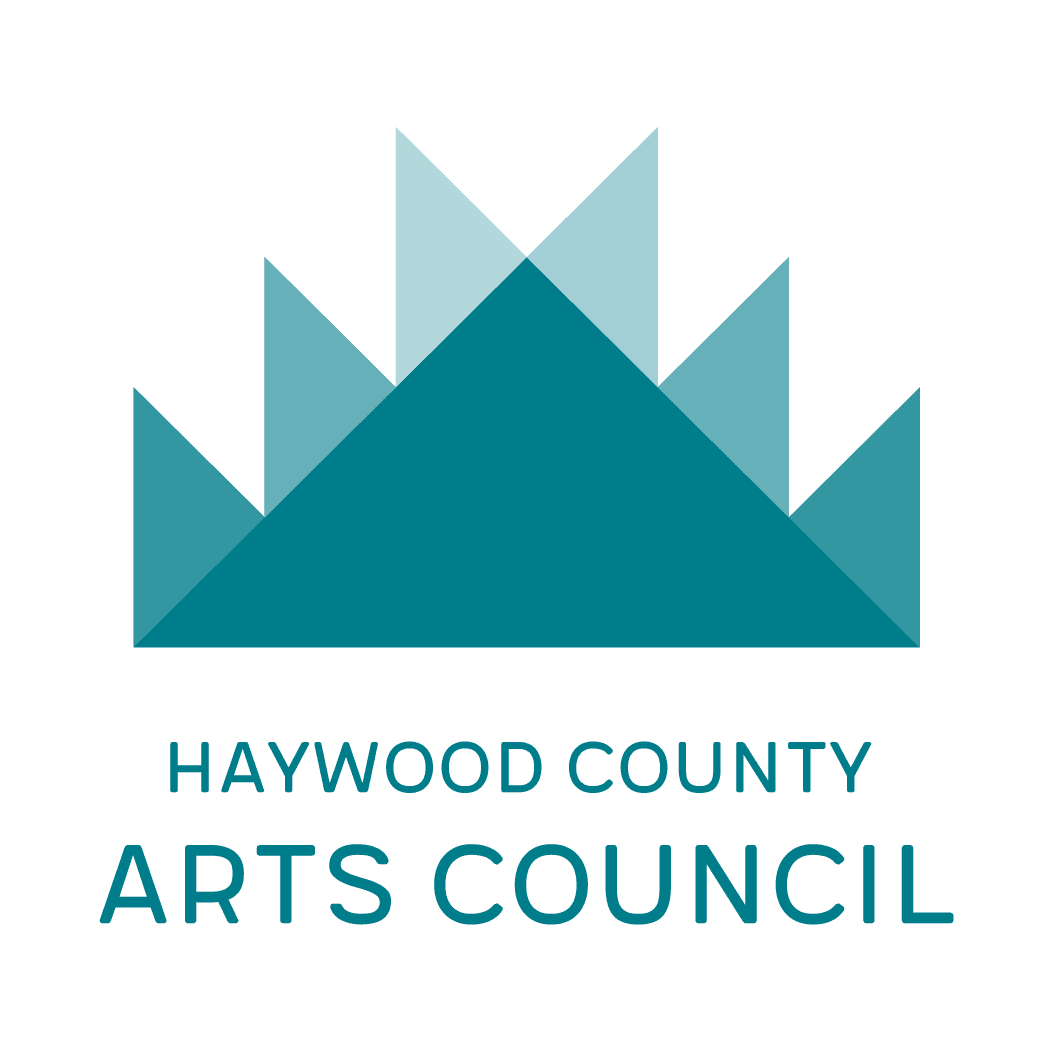The Mountaineer
By Andrew Marshall
December 14, 2024
Haywood County has the highest elevation and more 6,000 foot peaks than any county in the Eastern U.S. — but Artist Ken Czarnomski wasn’t daunted by those superlatives. He’d set his sights on creating an illustrated map of the ridge line encircling Waynesville, and he had one tool at his disposal map makers of decades past didn’t.
Czarnomski fired up his drone and flew it 400 feet above the Blue Ridge Parkway, halfway between Lickstone Ridge and Grassy Bald, and took a reference photo. Then he started painting.
This particular map would go on a mug, a special project in collaboration with the Haywood County Arts Council. Working in a format that would wrap around a mug was a new challenge, but Czarnomski’s always up for that.Czarnomski was an architectural engineer by trade before segueing into artistic map making.
“I could render a building beautifully. But drawing people and animals and all the rest, I didn’t get much of an opportunity to do that. It was mostly sticks and windows and stuff,” Czarnomski said.
Once he started painting and drawing outside the strictures of architecture, the ability to render natural details came quickly to his practiced hand.
It was adapting to the digital world that gave him the most trouble.
“What happened is that my clients would change their minds often. And then what do you do? You’re working in watercolor, pen, and ink. They are hand-lettered,” he chuckled.
To add more flexibility to his methodology, Czarnomksi taught himself design software, bought a drawing tablet, and began using a hybrid technique combining digital tools with traditional paint and paper.
“That was the most difficult part for me,” he said of the digital learning curve. “I’m old!”
To create his maps, Czarnomksi gets topography, trails and landmarks precisely laid out on a computer, then prints his work-in-progress. Next, he paints natural details directly on the paper. Then it’s back into a digital medium to put in fonts, then back out again for smaller details and flourishes, and so on. Some of his work contains as many as fifty layers.
Through it all, the artist and the architect who share Czarnomksi’s mind are in sync. The results are careful, controlled compositions that still possess the whimsy, fluidity, and luminosity that watercolors can bring to a work.
After formally retiring from the occasionally cutthroat, always stressful world of architecture, Czarnomski went back to school and took all the classes he’d missed the first time around. As an avid hiker, he found particular pleasure in the natural sciences — “Zoology, botany, all that wonderful stuff,” he said.
When it came time to produce a final credentialed project, Czarnomski combined his love of the outdoors with his technical architectural skills and his semi-dormant artistic aspirations. Inspired by work he’d seen while hiking in Ireland, he created a map of Purchase Knob in Great Smoky Mountains National Park.
But “map” is too pedestrian a word for the result. Although spatially accurate — Czarnomski’s architectural brain won’t let him do anything else — his map was more akin to a nature journal. It’s filled with colorful watercolor vignettes of leaves, flowers, and animals, scrawled with hand-lettered notes on natural history and, above all, beautifully rendered.
That was the start of a new passion for Czarnomski. He now creates maps for non-profits across the Southern Appalachians. The heavy discounts he offers these organizations are funded by the sales of his more traditional watercolor work, which ranges from photorealistic depictions of animals and landscapes to more abstract or surrealistic images.
“I’m just hoping that people get joy out of them,” Czarnomski said of his mugs and his body of work in general.
His maps function more as educational tools than navigational aids. His ultimate goal, he says, is that people carrying one on a hike “will remember that experience, associate it with being a good one, and then encourage their children to do more. And pay a little more attention to our natural environment here. Because it’s precious.”

